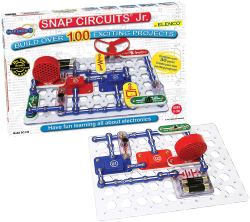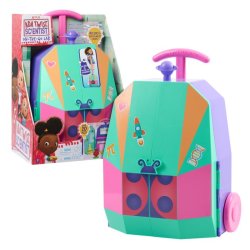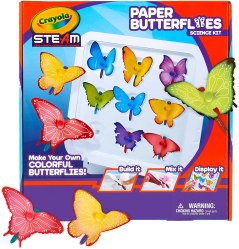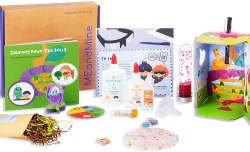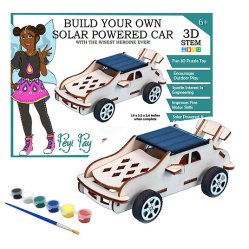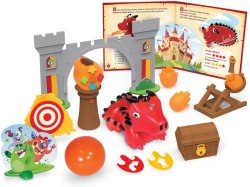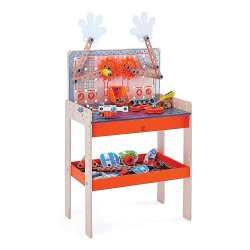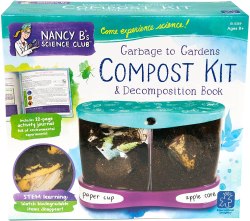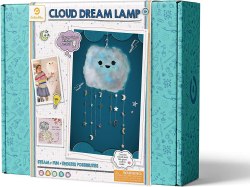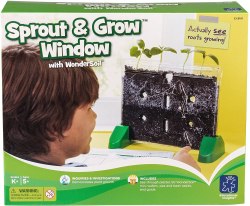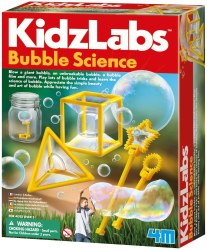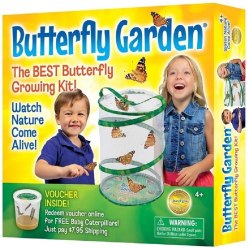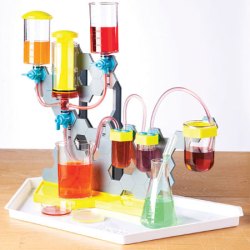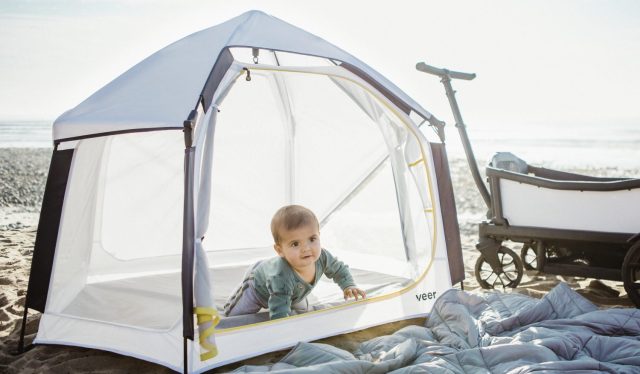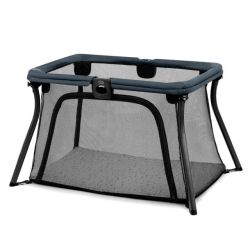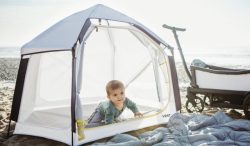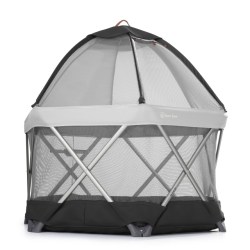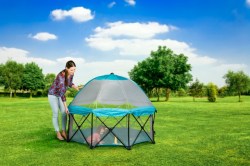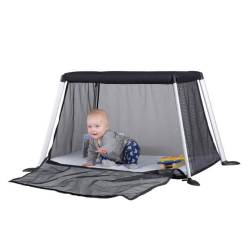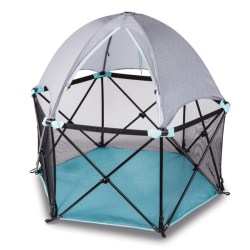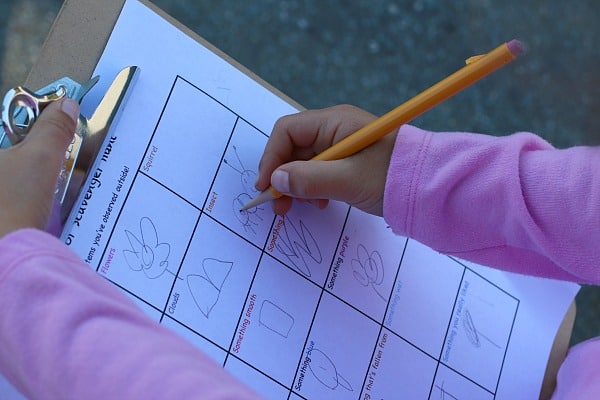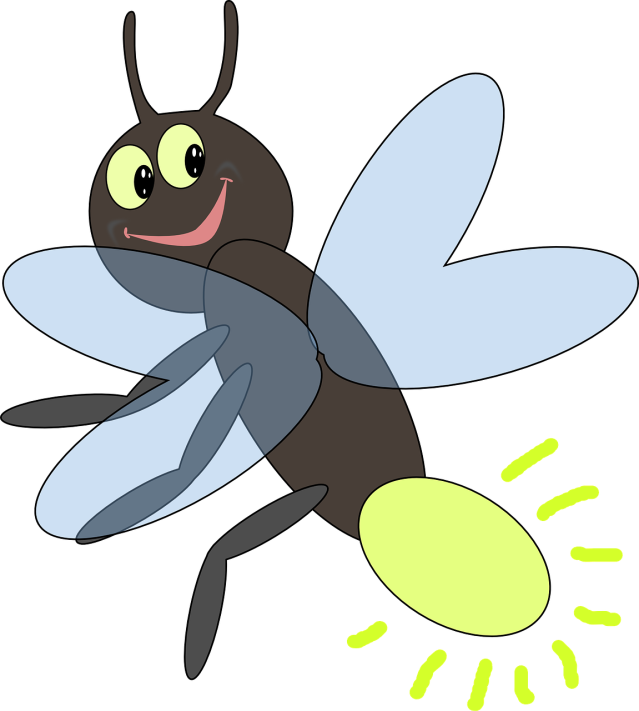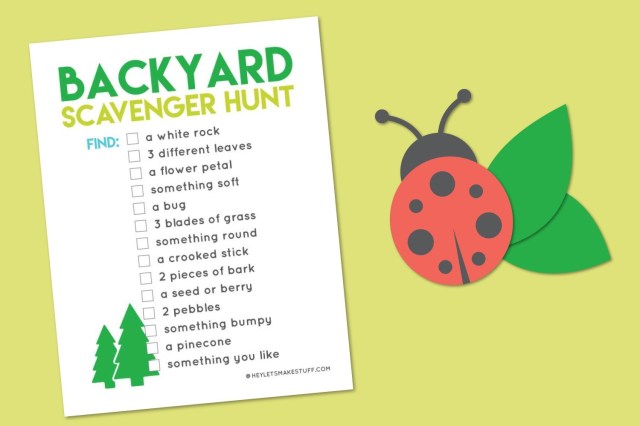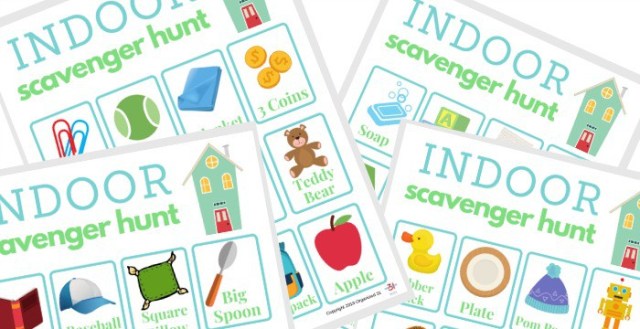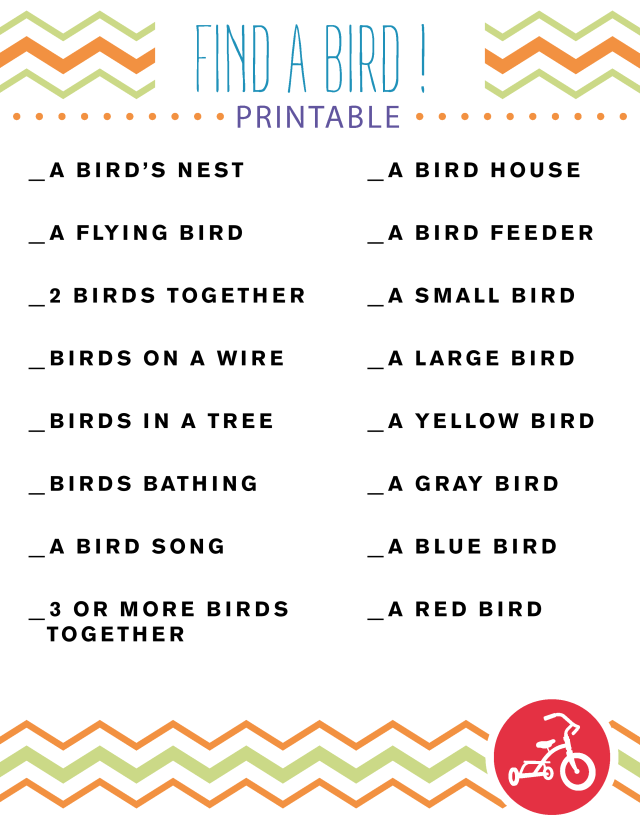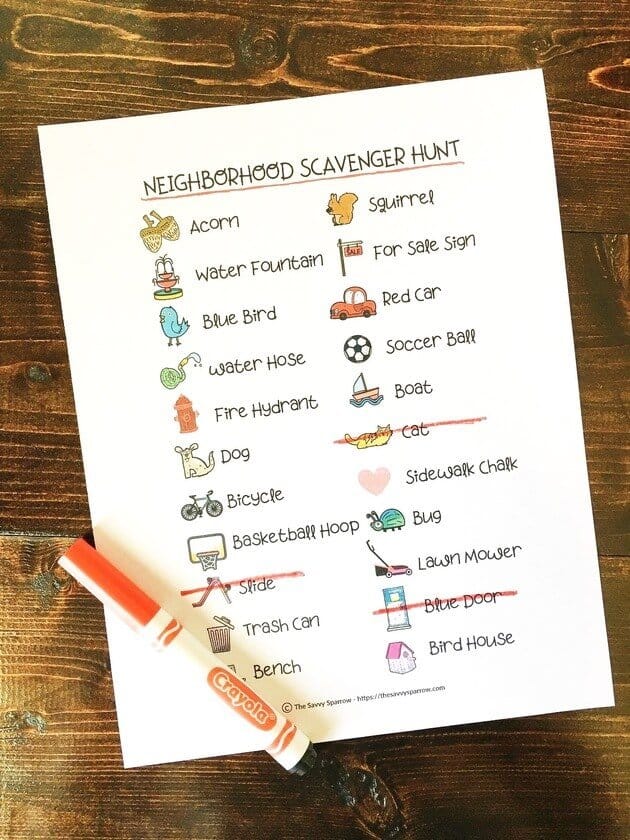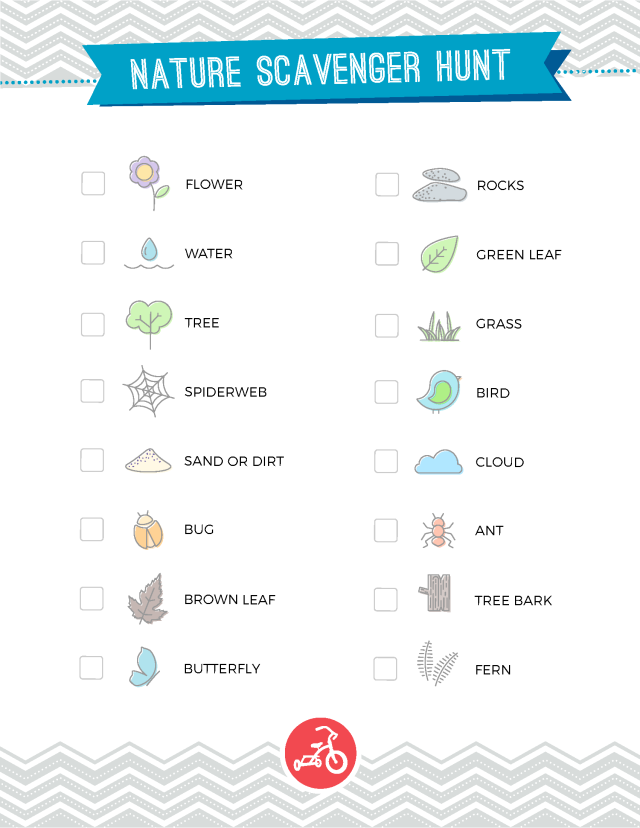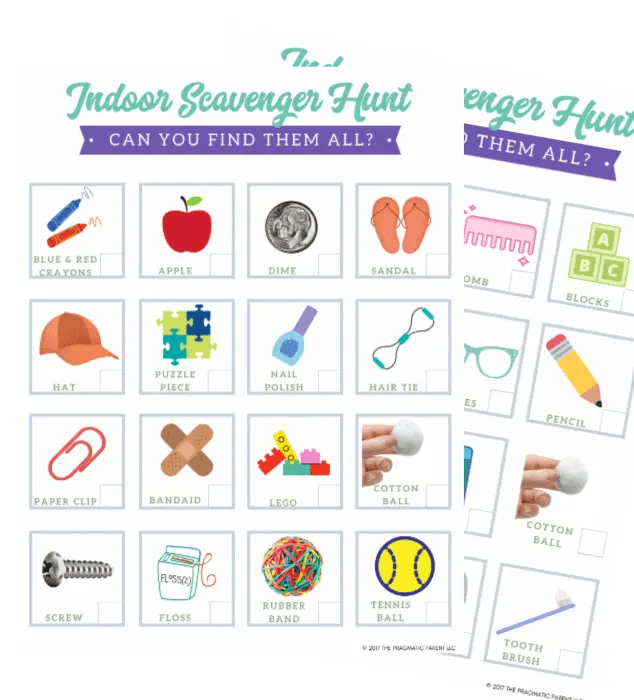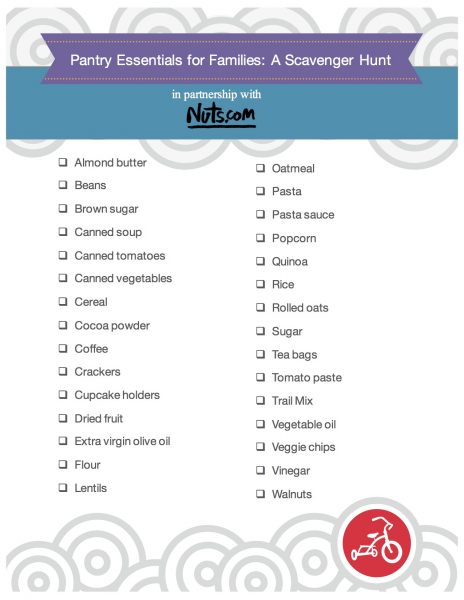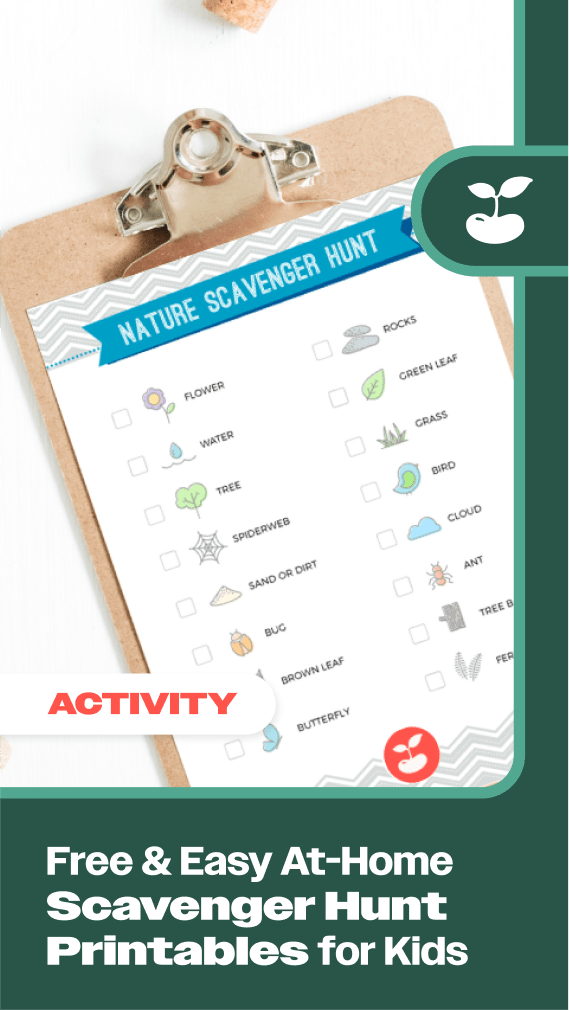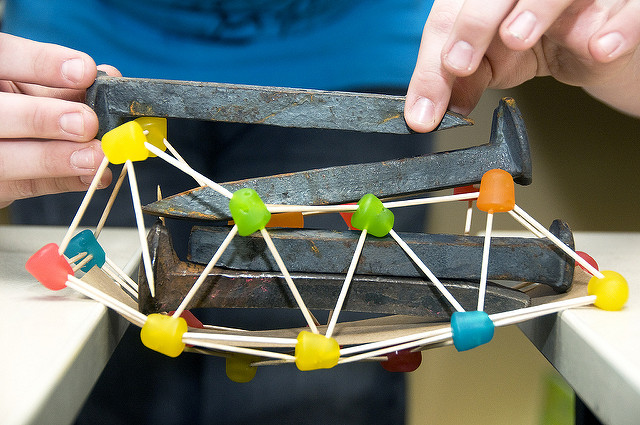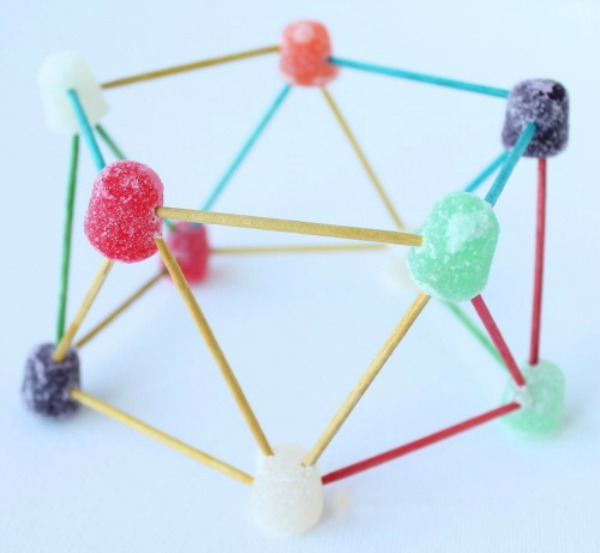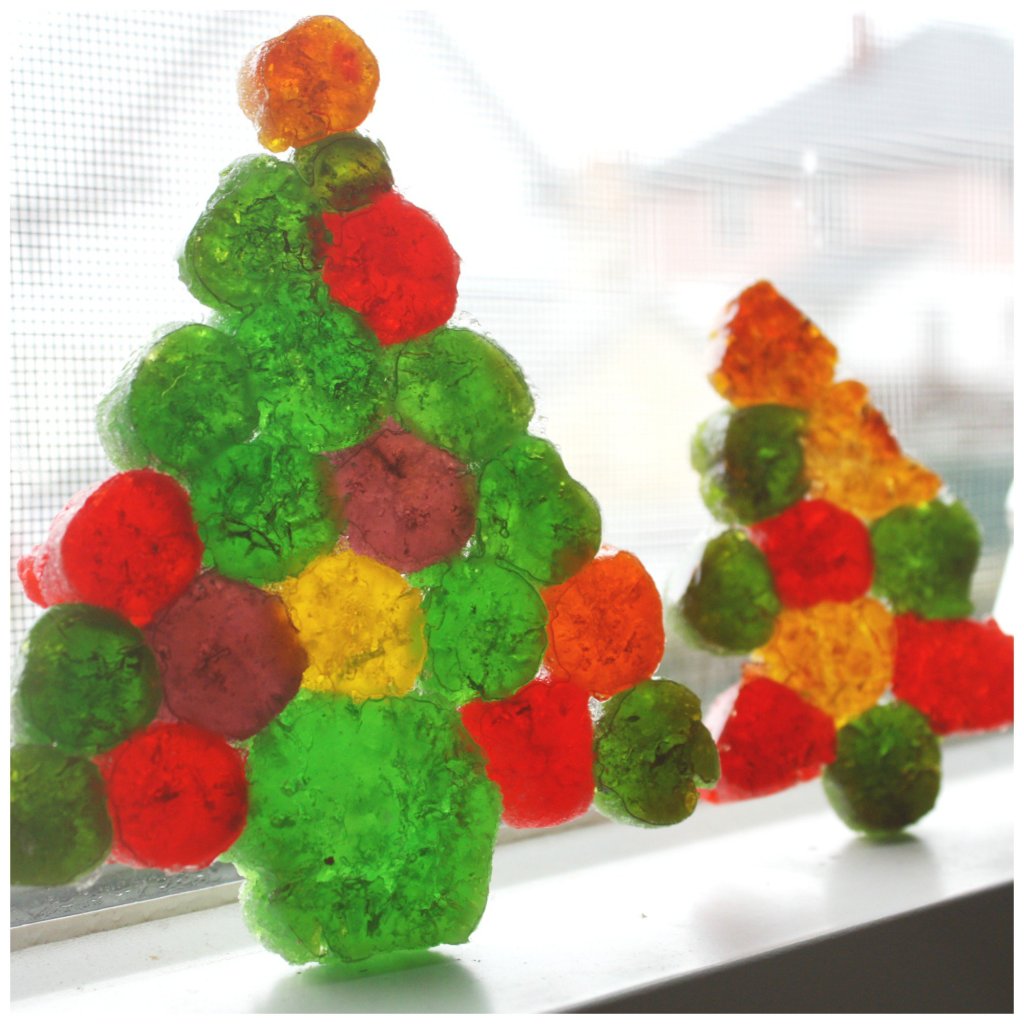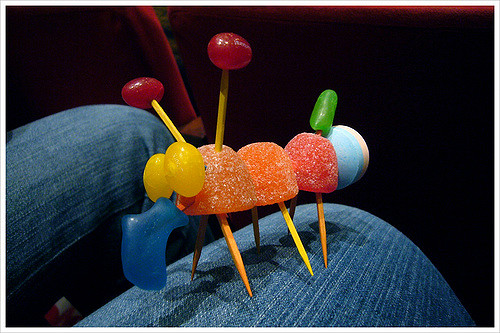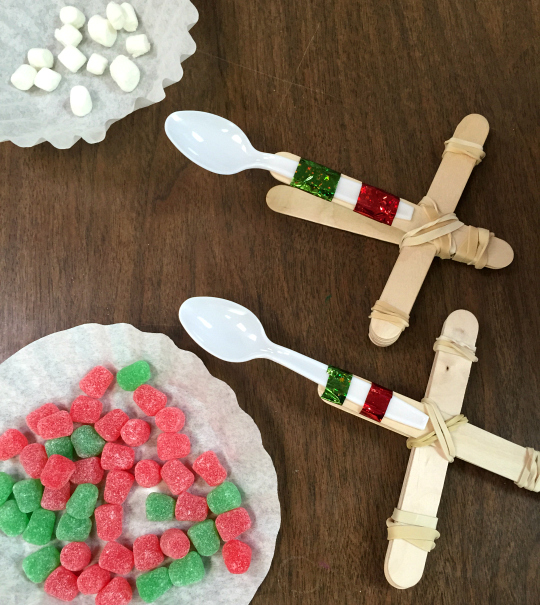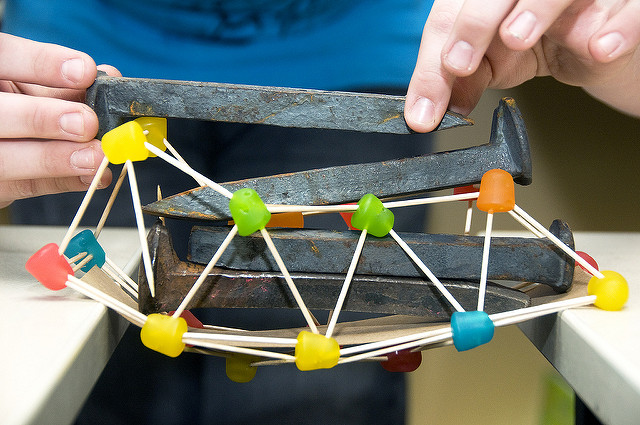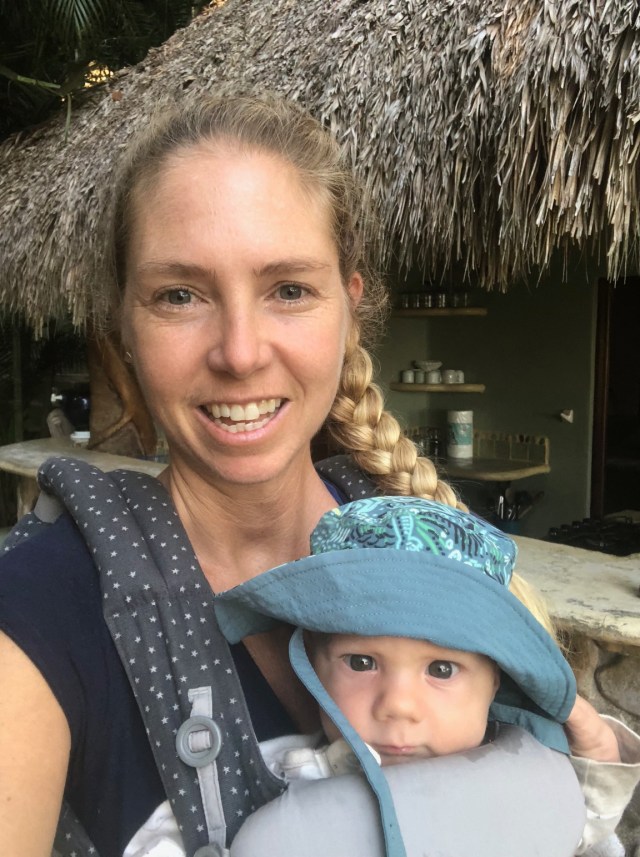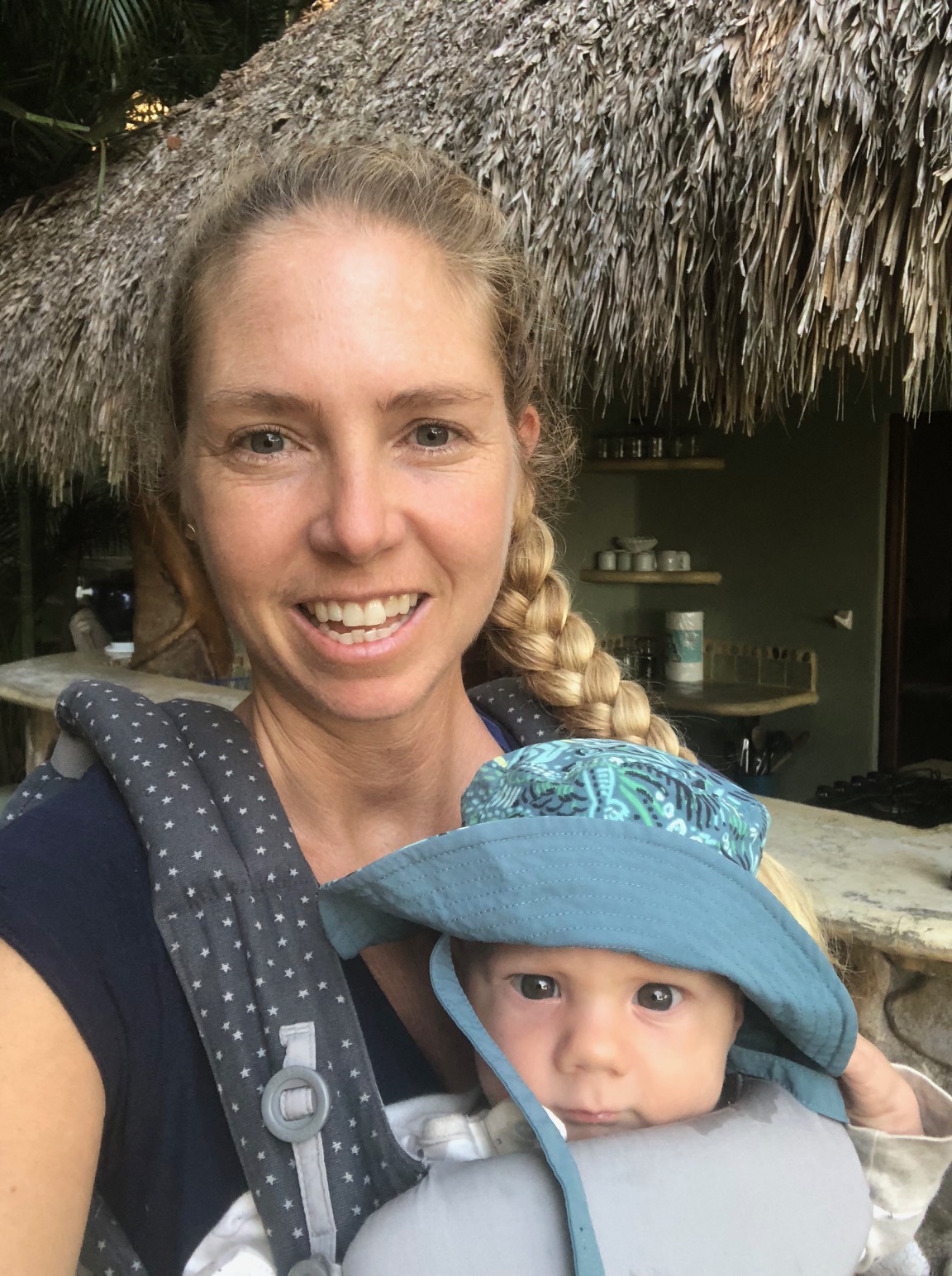When was the last time you visited the San Francisco Zoo? If the question has you reminiscing of elementary-school field trips, it’s time you grabbed your mini zoologists and headed on an expedition of your own. Spend the day exploring educational exhibits, brush up on your wildlife information and have a blast at the multi-themed playground. Read on for our insider’s guide to this 100-acre wildlife conservation preserve in the middle of San Francisco.
Getting Started
If you’ve never been to the SF Zoo, grab a map and decide what animal exhibits are a must for you. You will find restrooms and the Gift Shop at Entry Village, if you prefer to make a quick stop before the end of the day. There’s a lot of area to cover and the truth is you may not see it all in one visit. Check the map out in advance and get the most out of your day.
(Tip: Don’t skip the the African Savannah and Lemur Forrest. Both are awesome and best explored at the beginning when your troops are still energized.)
photo: Marianne Hale
Oh Baby, Baby!
It’s always fun to check out the new additions to the zoo when you visit. Word has it, if you look closely, you might spy a cute, little, new face in the Australian WalkAbout—a wallaroo joey! Be sure to stop by and try to get a glimpse of the new addition! The fuzzy, fall flamingo chicks are all grown up, but you can still tell them apart by their grey feathers. The Alaskan-rescued, black bear cubs, recently celebrated their first birthday.
photo: Marianne Hale
Do Not Miss
Adjacent to the Lipman Family Lemur Forest you’ll find the Sifaka exhibit. It is the largest in the country featuring Baobab tree, climbing structures and native Madagascar plants. Your little primates will go bananas watching the Zoboomafoo character come to life and move in their unique sideways jump.
Between Grizzly Gulch and the Black Bear grotto, sits Wolf Canyon, home to the Zoo’s rockstar grey wolves, “Prince, David Bowie and Jerry Garcia.” The three brothers are part of the Species Survival Plan. Stop by their exhibit and learn the Wolf conservation story as well as the Zoo’s efforts in helping grow the population of the most endangered Wolf subspecies.
The South American Tropical Rainforest and Aviary can go unnoticed but don’t miss out on this sense-engaging, colorful exhibit that the sloth and green anaconda call home.
photo: Marianne Hale
Listen and Learn
The Zoo holds keeper talks throughout the day at various exhibits. Check the day’s schedule for times. The Lion House & Penguin talk are popular ones, so get there early before the crowds. Our favorite is the 4:30 Giraffe Lodge open house. The up-close experience is not to be missed!
photo: Marianne Hale
What’s New?
Thanks to the Lipman Family and other SF Zoo board members, Big Daddy Bahasa is enjoying his new crib! Stop by the new Komodo Crossing exhibit, (next to the Wolverines) complete with a heated rock, night quarters, an indoor and outdoor pool and skylight. This 2,950-square-foot space is a definite upgrade with a great viewing area. While there, head across and meet the two new snow leopards, right outside the Lion house. This breeding pair is a beautiful sight to see and your kitties will enjoy seeing them come right up to the window to say hello.
photo: May Woon
Coming Soon!
Keep your eyes open for the upcoming Chimpanzee exhibit, slated to open this year. Also on the agenda, the renovated Pachyderm building will include indoor viewing area and habitat that will connect to the Chimpanzee Grottos via the Jim Ludwig Passage (overhead walkway) named after long-time donor, board member and SF Zoo champ.
Exploration Zone, Insect Zoo and Elinor Friend Playground
The six-acre Exploration Zone has several hands-on education areas that will keep your young ones entertained for days. The Meerkat and prairie Dog exhibit is a hit, with its eye-level view for the kiddos, burrow-like crawl spaces and foraging sandbox. Your buggies will love crawling on the giant spider web outside the Insect Zoo. Head inside and unwind with some insect-themed books and puzzles. Check out a variety of bugs, including-tarantulas, hissing cockroaches, walking-sticks and many more.
Insider tip: On weekends, catch the keeper talk and meet an arthropod or two. The Animal Resource Center houses the Zoo’s Education program animals. Although you can’t tour the inside, you can take a peek through the viewing windows, catch a volunteer sunning a reptile and get up close to an array of raptors sitting on the hill.
Continue down to the Family Farm where you can feed the goats and brush the sheep. Keep your eyes open for newly-hatched chicks and say hello to the Alpacas. Finally, let your little trekkers run wild at the 36,000-square-foot Elinor Friend Playground. There’s a ton to explore in this three-ecosystem themed, age-appropriate playing space. Perfect for burning up energy before the drive home!
Take a Break
Greenie’s Conservation Corner is a quiet spot with an organic garden growing food for some of the Zoo’s animals. Its inviting benches and location near restrooms makes this the perfect spot for nursing moms and little ones in need of a rest. Check out the 1906 earthquake shack and solar-powered fountain while there.
All Aboard and Round We Go!
No Zoo visit is complete without a ride on the 1921 Dentzel carousel and Little Puffer Train. Be sure to stop by these historical staples that continue to bring smiles to generations of Zoo visitors. Good to Know: Little Puffer boarding station is next to Puente Al Sur. It is temporarily closed for annual maintenance. Check here for updates, or call the zoo, (415) 753-7080, to check if rides are operating. Carousel: $4/per person, Standing adults free with a paying child. Little Puffer: $6/per person, children under 3 free with a paying adult.
photo: Marianne Hale
Best To Visit
Early on weekdays is a good time to visit. Not only will you beat the crowds but the animals are most active during the morning. The Zoo offers certain free days to San Francisco residents throughout the year. Stay tuned for the next upcoming day and don’t forget your ID.
Be Prepared
The Zoo’s proximity to the ocean keeps temps on the cooler side. It isn’t always foggy or overcast, so dressing in layers is best. Wear comfortable walking shoes, bring a hat and don’t forget the sunscreen. Pack your stroller or wagon, or you can rent one there. Bring plenty of snacks and a water bottle to refill.
Insider tip: Purchase a reusable cup or mug and get free/discounted refills at most cafes for the lifetime of cup/mug. The Leaping Lemur Cafe, the biggest eatery in the Zoo, has indoor/outdoor seating and offers a variety of foods including, burgers, salads and international specialties. The Station Pizza Parlor, next to the Little Puffer Depot, serves personal pizzas and large $5 soft serve cones—perfect for sharing. Cafe Playfield, at the Elinor Friend Playground, has organic, kid-friendly meals, snacks and coffee. You can also pack a lunch and picnic at the many areas on grounds. The Gift Shop, at Entry Village, has an espresso bar with yummy pastries if you need a treat for the ride home.
photo: Marianne Hale
Getting There
The Zoo is located a block from the end of the L Taraval MUNI line, as well as the 18 and 23 bus lines. You get $1 off admission price if you show proof of transit. Zoo parking fee is $10/weekdays and $12/weekends and holidays. There is plenty of free street parking along Sloat Blvd, but get there early.
Admission/Hours
General admission: $19/adult; $16/Seniors; $13/children 4-14; children 3 and under are free.
SF Residents: $16/adults; $11.50/Seniors; $9.50/child 4-14; children 3 and under are free.
Members are always free and get to skip the lines!
Hours: The Zoo is open 365 days a year, 10 a.m.–5 p.m. (in the spring/summer) and 10 a.m.–4 p.m. (in the fall/winter), last entry an hour before closing time. Children 14 years and younger must be accompanied by an adult while on Zoo grounds.
San Francisco Zoo and Gardens
Sloat Blvd and Great Hwy
San Francisco, CA
415-753-7080
Online: sfzoo.org
What is your favorite way to spend the day at the San Francisco Zoo and Gardens? Share with us below!
—Nella DuBon-Koch
Photos by the author except where noted.
